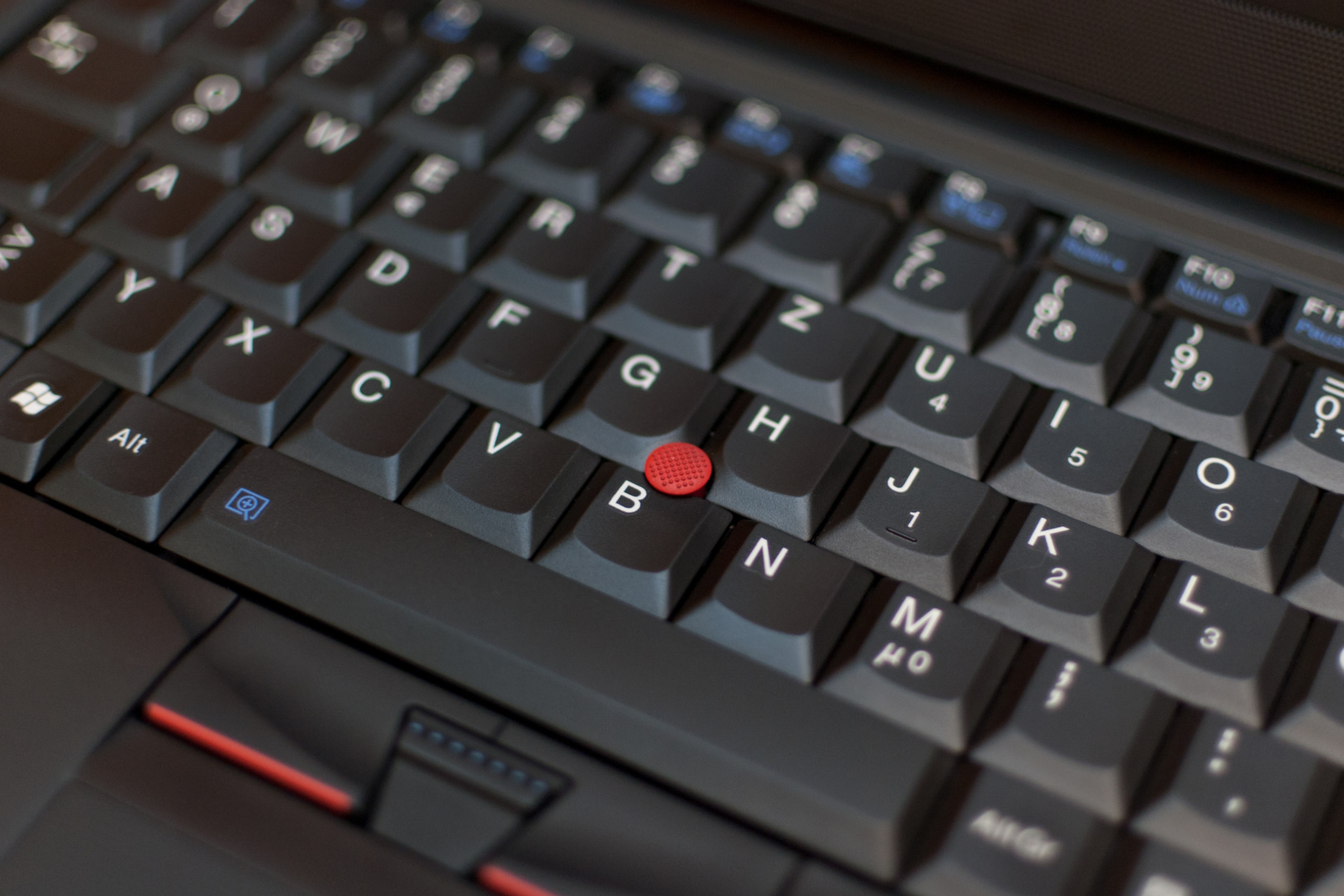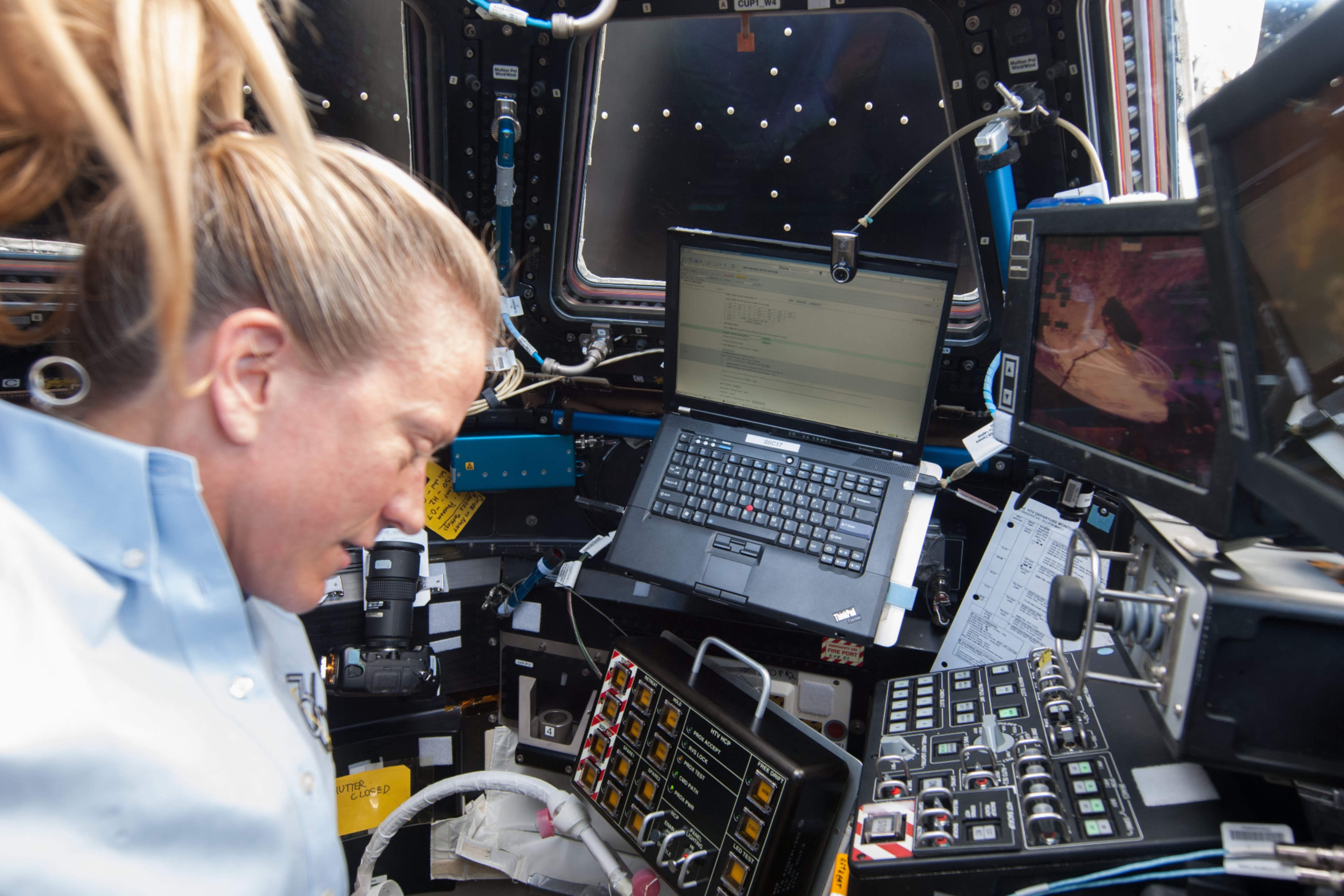21/10/2022
30 Years of ThinkPad

Picture: Patrick/Flickr.
The Wikipedia entry doesn’t specify the day, Lenovo celebrated on October 5th, but I think it’s still worth commenting on the 30th anniversary of the ThinkPad, one of the longest-lived computer brands ever.
In 2017, on the occasion of its 25th anniversary, I got a timeless booklet from Lenovo’s Brazilian office that details the history of the ThinkPad. How the ThinkPad changed the world — and is shaping the future is a first-person account by Arimasa Naitoh, known as the “father” of the ThinkPad, now vice-president of Lenovo’s PC and smart devices unit, helped by journalist William J. Holstein.
The ThinkPad 700C, the first laptop of its kind released to the public in October 1992, was an instant success. The quality of the device, far superior to rivals from Compaq and Toshiba at the time, paved the way for the reputation that this brand carries to this day, three decades and countless models later, for high quality and performance.
The ThinkPad laptops were conceived and for a long time developed in Yamato, Japan, where IBM had a facility. In the book, Arimasa talks a lot about this geographical arrangement (IBM was and is a North American company) and the transition to China-based Lenovo in mid-2000s.
The other thread running through the narrative are the innovations that, throughout history, have helped distinguish the ThinkPad from the ocean of laptops from other brands and cement its reputation as good laptops.
Stories such as the recurrent use of ThinkPads in space, thanks to a partnership with NASA, the infamous trackpoint (that little red ball in the middle of the keyboard used to control the mouse cursor) and the “butterfly keyboard”, which adopted an ingenious mechanism to provide a large keyboard without increasing the size of the laptop itself, are commented on by those who lived through it all from the other side, developing and dealing with mishaps that, judging by what we, the public, see, could not imagine were so intense.

Picture: NASA.
This was perhaps what caught my attention the most: the level of stress and the amount of work that Arimasa reports from himself and his teams.
In 1988, during a stint in the United States to learn what IBM’s development labs were doing, Arimasa ended up helping the Boca Raton team solve an electromagnetic interference problem on the P70, a 9 kg (20 pounds) precursor to the ThinkPad that was being developed by Yamato’s lab.
The P70 was released on schedule and meeting the specifications set by IBM, which gave Yamato (and Arimasa) the credentials to tackle the ThinkPad project, commissioned by Harvard Business School. Suddenly, Arimasa found himself returning to Japan. He writes:
On our way to Japan, my family and I stopped in Maui [Hawaii] to stay a few days under the sun. We had a nice time with my daughter, who was about nine years old, and our son, who was three. Little did I know that this would be my last vacation for the next ten years. As the Americans say, I was jumping out of the hot pan and straight into the fire.
In 2022, now under Lenovo, which bought IBM’s computer division in 2005, the flagship of the ThinkPad line is the X1 Carbon, a laptop with all the best in the industry. Other models, such as the TXXX and Yoga lines, cater to different audiences in lower price ranges.
The ThinkPad has always been a stage for experimentation. It was the first laptop to bring several technologies — color screen, digital disks (CD, DVD), Wi-Fi, foldable screen. MoMA exhibits a unit of ThinkPad 701C (the one with the “butterfly keyboard”), a crowning achievement of this obsession for innovation.
With 200 million units sold, ThinkPad is one of the rare brands that, even after countless transitions and market turns, and without ceasing to innovate, has managed to maintain its original characteristics that have made it iconic.
Discuss @ Hacker News.